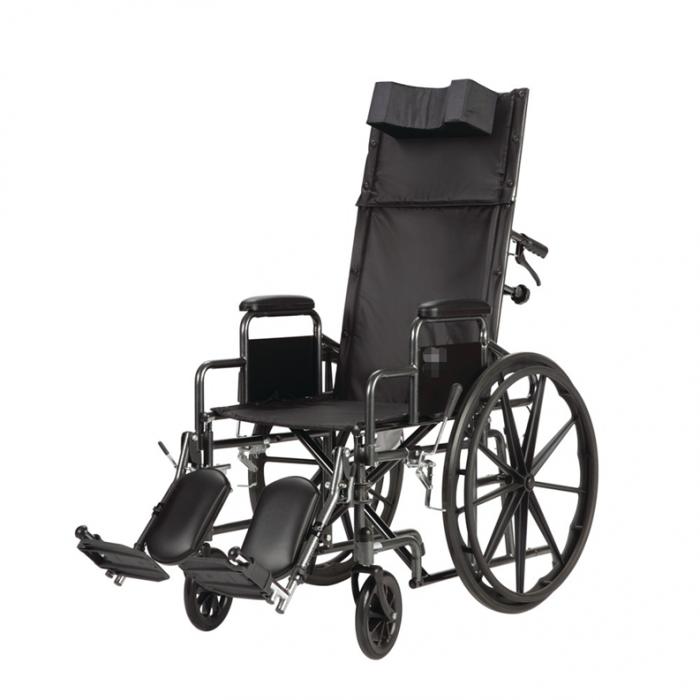Besco Wheelchair

The advantages of a Besco wheelchair depend on the specific model, but common benefits include durability from steel frames, cost-effectiveness for standard manual wheelchairs, and customization for more advanced models. For instance, some manual chairs are sturdy and easy to clean due to their chrome finish, while their electric counterparts offer independence for users with limited mobility.
For manual wheelchairs
Durability: Sturdy steel frames provide excellent strength and support for long-term use.
Cost-effective: Steel models are often an affordable choice compared to lighter materials like aluminum.
Easy to clean: A chrome finish is smooth and easy to wipe down, helping with hygiene.
For electric wheelchairs
Independence: These chairs are ideal for individuals with limited mobility, providing independent movement without needing upper body strength.
Maneuverability: Electric models are precise and designed to navigate tight spaces like homes and shops easily.
Versatility: Electric wheelchairs are suitable for various environments, from indoor use at home to navigating public spaces and facilities.
For transport chairs
Portability: Transport chairs are lightweight and often fold for easy storage and transport in a car.
Affordability: They are generally a more affordable option, suitable for short-term or occasional use.
Ease of use for a caregiver: They are designed for a caregiver to push, making them ideal for those who need occasional assistance for outings or travel.
To use a Besco wheelchair, first open it by pressing down firmly on the seat until it locks in place and engage the brakes by pushing the brake handles until they lock. For a manual chair, propel it by pushing the handrims, while for a power wheelchair, use the joystick to control speed and direction. Always secure your seatbelt, and be mindful of how you transfer in and out of the chair, using proper body mechanics.
Brakes: Always engage the brakes when stationary and before getting in or out of the chair to prevent rolling. For manual chairs, engage the lever until you feel it lock. For power chairs, the brakes engage automatically when you release the joystick.
Transfers: Flip the footrests to a vertical position before transferring. For a safe transfer, angle the chair at about 45° to 90° and use proper body mechanics to push up.
Safety: Buckle your seatbelt for safety, and be aware of your surroundings, especially when going through narrow spaces. For standard manual wheelchairs, it is recommended to have a caregiver assist when going up or down curbs.
For a manual wheelchair:
Propelling: Push forward on one handrim to go straight, or push one handrim harder than the other to turn.
Stopping: For a gentle stop, apply gentle friction by pushing backward on the handrims. For a complete stop, push the brake lever forward to lock the wheels.
For a power wheelchair
Operation: Push the power button to turn the chair on. Adjust the speed control before you begin.
Movement: Push the joystick forward to move forward, pull it back to reverse, and push it left or right to turn.
Stopping: Release the joystick completely to stop. The power wheelchair automatically brakes when the joystick is released.
Manual Mode: If you need to move the chair manually, shift the drive/freewheel lever to the "freewheel" position. Flip the lever back to "drive" mode to use the joystick again.
For a folding or transport wheelchair
Assembly: After unfolding the chair, check that the seat is fully locked into place.
Folding: To fold, remove any cushions first. Then, grasp the fabric on both sides of the seat and pull upward until the chair collapses.
Transport: Use proper body mechanics to lift the folded chair, keeping it close to your body to avoid injury.
For a reclining wheelchair
To recline: Find the recline levers, usually on both sides of the backrest. Press both levers at the same time and gently lean back.
To set position: Release the levers to secure the backrest at your desired angle.
To return to upright: Press both levers again and use your body weight to lift the backrest back to the upright position.